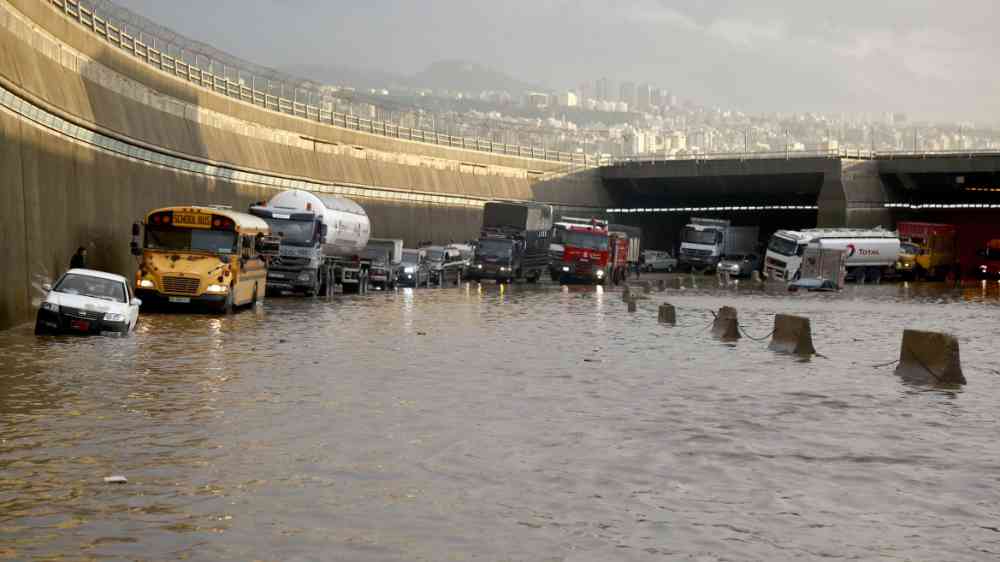“History Doesn’t Repeat Itself, but It Often Rhymes.”
I was knee-deep in my continuous research on the history of disasters when the above quote by American writer Mark Twain came to mind. Coincidentally, as a true-blue ADHD-er, I was also scrolling through my Instagram reels and came across a clip of someone poking fun of Humanities and Arts majors, with someone jokingly saying something similar to, “Arts majors don’t make money, because they’re stuck in the past instead of investing in the future.” While this admittedly made me chuckle a bit, it also got me thinking how harmful it can be to not take academic disciplines such as historical studies seriously.
Why do we, the research team here at the Disaster Lab, indeed focus our attention on past disasters, when we can use our energy to make the future better? Simply put, studying history could help us create a better future, by preventing ourselves from making the same mistakes. While it may appear obvious, we as a society still tend to underestimate the impact of this perspective.
The United Nations Office for Disaster Risk Reduction (UNDRR) recently published the Global Assessment Report on Disaster Risk Reduction (GAR) for the year 2024, serendipitously titled, “Forensic Insights for Future Resilience: Learning from Past Disasters.” The report highlights the increasing risk of disasters globally, often driven by factors such as climate change and anthropogenic (human-made) choices and activities. The document states that the higher the global temperature gets, which is currently climbing beyond 1.5°C (2.7°F), “the world faces a new and unprecedented level of climate hazards.”

Canadians, particularly us who are fortunate enough to live in cities where disaster relief is more accessible, tend to look past (albeit mostly unintentionally) discourses that involve these issues—partly due to the fact that disasters are often associated with developing countries, rural communities, and/or marginalized communities. Due to this dominant narrative, from a Global North perspective, we may be inclined to normalize the occurrence of catastrophic events in the Global South. However, extreme disasters are far from “normal,” and the Global North is not completely safe from them and its effects (eg: The Canadian Disaster Database)
Learning from the past, to help with the future
“If we accept that disasters are neither natural nor inevitable, then we must work to prevent, or at least reduce their impact.”
One aspect that the report emphasizes is the importance of understanding the root causes of disasters, and making informed decisions on risk management, through “disaster forensics.” The FORIN (Forensic Investigations of Disasters) methodology simplifies the study of disasters through three main steps:
Step 1 – Understanding the ‘Disaster DNA’: This involves analyzing the specific hazard, exposure, and vulnerability factors that made a disaster unique (or familiar) and significant. For instance, answering questions such as, ‘What specific hazard happened?’, ‘Where did it occur and who was exposed?’, ‘Who was most affected and why?’, and ‘What/Who survived and why?.’
Step 2 – Focusing on Future Trends: This means looking further into the key areas of the ‘disaster DNA’ to predict future trends. For example, if a flood was mainly caused by urbanization and informal settlements, what are the current and potential future trends involving these factors?
Step 3 – Forensic Learning: This final step involves facilitating multi-stakeholder discussions and analysis to help co-create future policies and practical actions to reduce the risk associated with each “DNA strand,” and to help consider the impacts of future disasters and scenarios.
Studying history in association with contemporary events, particularly in issues such as global disasters, play a crucial role in preventing and/or reducing the risks of future (and inevitable) hazardous events. Analyzing past records expose recurring patterns that may help predict and identify potential disasters, resulting in organizations and government bodies putting together more effective policies and relief measures. Knowing our history helps us understand how social, economic, environmental, and political factors contribute to the level of danger individuals are exposed to. In turn, we can then slowly dismantle misleading narratives, by revealing inequalities and power imbalances within our society, and how certain groups and communities become more vulnerable to these hazards compared to others.
—D. Espina